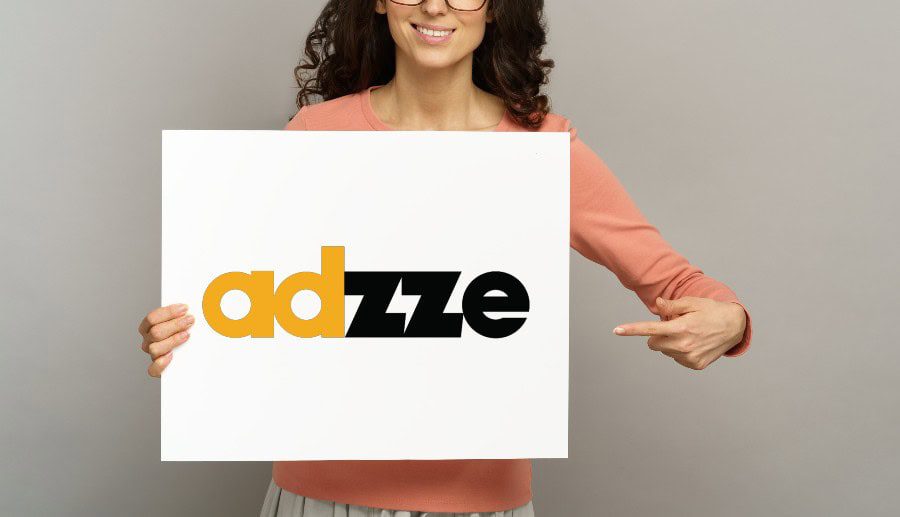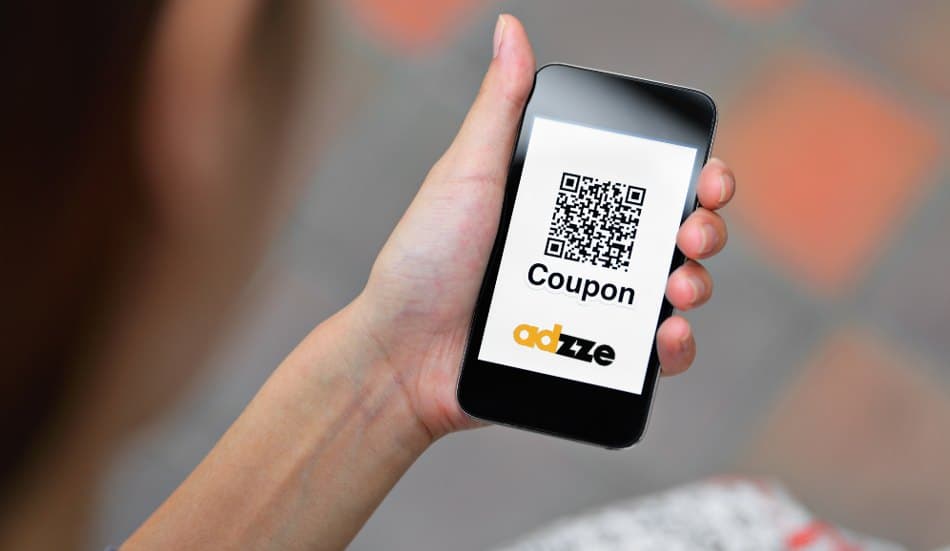
Print Advertisements: Reasons why this Media is Becoming Obsolete
Print advertisements do not reach the masses any more
Before the internet became a global force, print media ruled supreme. However, this is no longer the case as digital media continues to rise to the top. While advertising revenues grew by 5.5% in 2018, global ad spend on print advertisements dropped to $26.8 billion. Meanwhile, total global ad spend on digital ads breached the $100 billion barrier in the US alone. But why is the print media declining at such a sharp rate?
Magazine readership is at its lowest point as more people migrate to social media and other digital platforms. The fewer the readers, the lower the penetration of magazines. Accordingly, marketers would want to move towards advertising vehicles that can reach many more people. Unfortunately, the situation is not getting any better for print media. In the US, digital ad spend is worth more than traditional ad spend. As such, print advertisements could be head for the obsolete.
Agencies are becoming more creative and levering more Ambient Media tactics. This concept is applied by niche advertising agencies that aim to overcome the boring traditional ads to get the attention of consumers. Traditional OOH as billboards has been witnessing a decline in the effectiveness so there is a greater demand for unusual communication vehicles. Another factor that contribute to the success of agencies using ambient media is the smart way to retrain the attention of the audience by inserting the element of surprise.
As example, advertisers can place ads using as innovative method leveraging the ad space of daily consumables. Such consumables can be: door hangers, pizza box toppers, prescription bags, drink coasters, Custom Coffee Sleeves, hotel key cards, valet tickets, restaurant placemats and dry cleaner hangers.
Think of this as small moving billboard that your target audience will grab in their hands.





